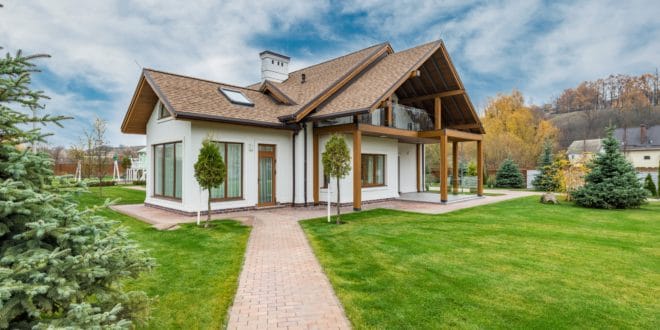The eco-conscious movement recently found a place in the construction industry. Environmental engineers and scientists developed new technologies and materials that limit building’s ecological impact.
President Biden initiated the Build Back Better plan upon entering office, improving sustainability standards. It promotes sustainable building practices and green infrastructure development. Biden allocated $2 trillion to restructuring the clean energy and development industry, helping companies access low environmental-impacting resources. The industry alterations also help construction businesses meet eco-consumer demands and remain competitive in their field.
Eco-Friendly Construction Regulations
A carbon-neutral national goal influenced statewide regulation changes. Cities like New York and Los Angeles tightened their building codes, reducing construction’s environmental impact.
New York City’s Green Building Program follows greenhouse gas emission reduction efforts to help it reach carbon neutrality in the coming decades. It placed limits on extensive nonrenewable energy and potable water-extracting buildings.
Additionally, California altered its climate change prevention measures. The California Green Building Code helps workers practice low-emission construction. It also prevents toxic compound material use and increases renewable energy accessibility. Builders can increase their sustainability practices by using green materials.
Bamboo
Bamboo is a hot commodity in the green construction industry. The sustainable plant grows at exponential rates, reaching 33,000 feet over two decades. It produces 12 times more building material than trees.
The material is stronger than steel and concrete, generating stable structures. Harvesting bamboo is also beneficial to climate change prevention. The plant generates more oxygen than other vegetation and filters carbon at a high rate.
Recycled Cork
Many eco-conscious builders also utilize recycled materials in construction projects. After individuals finish a bottle of wine, they typically throw away the cork. Fortunately, we can repurpose that material for building, limiting waste and resource exploitation.
Recycled cork is an energy-efficient insulation material. It also is helpful for soundproofing rooms, like audio recording structures or nurseries. Many sustainable fashion companies use the material for shoe soles, proving their potential for soft floors.
Recycled Aluminum
Another useful recycled material in construction is aluminum. Many builders use it to build gutters. The material is durable, non-bending and nearly rustproof, making it efficient for outdoor use.
Recycling aluminum is cost-effective. The material pays for itself through processing and repurposing. It also lowers energy expenditures by 90%, decreasing its greenhouse gas emissions and waste generation.
Non-VOC Paint
Paints containing volatile organic compounds (VOCs) emit harmful indoor fumes. The Environmental Protection Agency (EPA) placed VOC paints on the list of top five environmental hazards. Emissions also contribute to atmospheric degradation, causing climate change.
When used on the outside of structures, chipping and flaking can cause ecological degradation. If stormwater runoff carries VOC paint to the ocean, it can cause aquatic species endangerment. Fortunately, scientists developed a non-VOC option, increasing environmental and human health protection.
Cellulose Insulation
Conventional insulation materials are notorious for their adverse ecological impacts. Researchers developed a new insulation substance that reduces waste and conserves the environment. They generated the green building material from old newspapers.
Cellulose derives from shredded newspaper treated with borate. The additive reduces pest and fire interference. The material’s manufacturing process generates fewer carbon emissions than traditional insulation and frees up landfill space.
Reclaimed Wood
Rather than exploiting depleted resources like wood, green builders use reclaimed materials, increasing their sustainability. Additionally, salvaged lumber is 40 points harder than new wood because it derives from older trees.
Remailed wood floors organically attain the rustic look that companies treat lumber for. It is difficult to achieve the same aesthetic from new materials. The recycled lumber also decreases deforestation and the demand for exotics.
The New Age of Construction
Environmentalists consistently search for sustainable construction methods and products. Some companies build modular homes in a warehouse, limiting emissions and materials. Other companies utilize 100% repurposed materials.
President Biden redefined construction, promoting sustainability and low emission practices. Over time, builders must adopt green methods to reach carbon neutrality and remain competitive in their field.
 Alternative Energy HQ solar power for homes, wind energy, and bio fuel issues
Alternative Energy HQ solar power for homes, wind energy, and bio fuel issues








